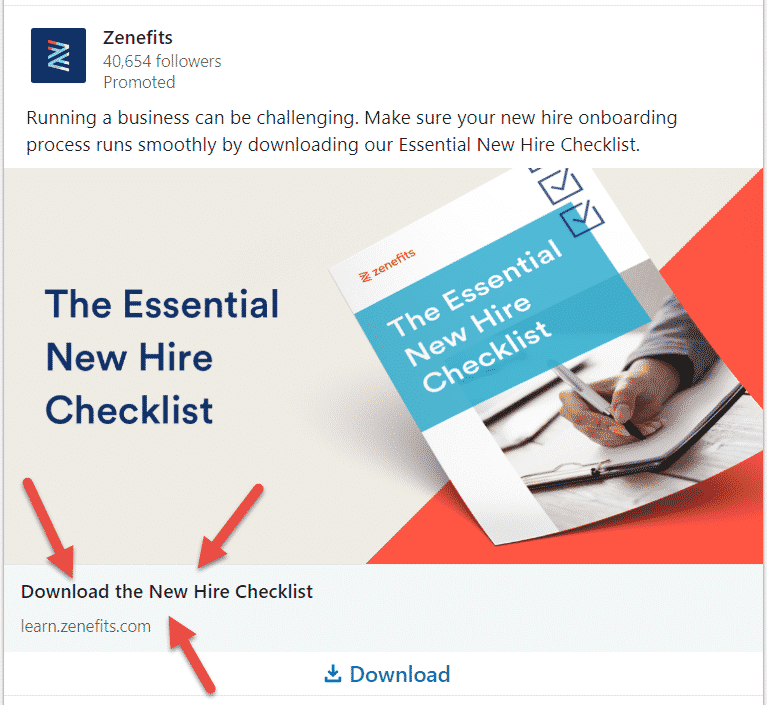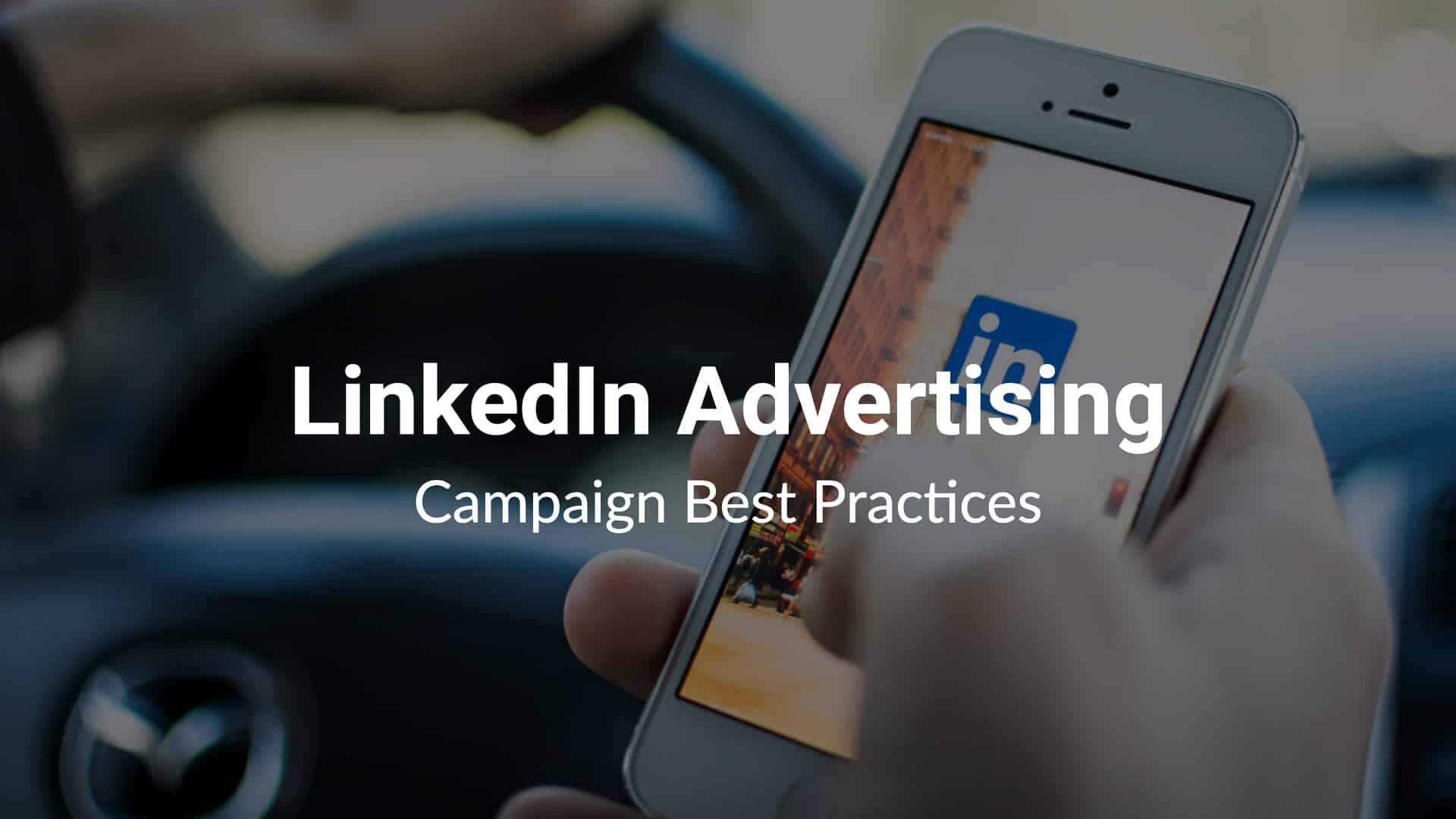A few of my clients have recently had great success with LinkedIn advertising — specifically sponsored content and sponsored InMail.
Before they engaged me for help, they were all writing the ad campaigns themselves. And they were doing a good job.
They didn’t reach out to me because the ads were failing.
They reached out to me because the ads were working — and like most smart marketers, they know to focus on what works.
In each case, in addition to some strategic changes unique to the businesses, I immediately identified low-hanging fruit — easy things we could do right now to make those already-successful ads work ten times harder.
There were three best practices in particular that came up again and again as quick results-boosters. Today, I’m going to share these LinkedIn advertising best practices with you.
LinkedIn Advertising Best Practice #1: Choose the Right Carrot Content
The content that your ad points to is going to make the biggest difference in how the visitor feels after they click on your ad.
If the content is helpful and targeted to the visitor’s problems, needs and/or wants, the visitor will feel more satisfied and trusting of your brand.
Sadly, a lot of really smart companies choose to point their ads to their homepages.
This is a huge mistake.
Why? Because your homepage is littered with information that may or may not matter to the mindset of the customer who clicked the ad. “Come see our homepage” is not a particularly compelling call to action, nor is it a very satisfactory experience when coming from a LinkedIn ad.
Put yourself in the shoes of your target customer for a moment. Imagine you’re that customer on LinkedIn. You’re there because you want to connect with peers, look for a job, do some digital networking, prospect for customers, or learn about what’s happening in your industry. How would some company’s homepage help you with any of that?
Point your ad to a landing page with targeted, high-value content that takes into consideration the mindset the visitor is in when they land on it.
To make this a lead-gen effort, the landing page should include an opt-in box so the visitor can provide their email address in exchange for premium content. But if your LinkedIn ads are purely for demand gen, make the content freely available on the landing page — either in the body or as a direct link.
LinkedIn Advertising Best Practice #2: Match the Message
Message matching: This is a well-known tactic in the copywriting world, but I’ve discovered that many marketers have never heard of it.
In a nutshell, message matching is ensuring the headline of the landing page or lead capture form is identical (or nearly identical) to the ad copy.
Here’s a good example from Zenefits. This is the sponsored content in the LinkedIn news feed:

And this is the lead capture form that comes up when the visitor clicks on the ad:

Why does this matter?
Message matching eliminates any psychological friction between the ad and the landing page.
If your ad and landing page talk about two different things, you’re planting a seed of doubt in the visitor’s mind. They may wonder if they clicked on the wrong ad — or worse, that you’re pulling a bait-and-switch on them.
No matter what, you’re creating friction in the mind of your target customer, and even subconsciously this can be a huge trust-breaker … or a full-on deal-breaker.
Ensuring your ad and landing page copy match is an easy way to eliminate that friction and create a smooth and welcoming user experience for potential customers.
LinkedIn Advertising Best Practice #3: Nurture the Lead
Many companies stop short of this step, and it’s so disheartening. They’ve got a list of people who have clicked on their ad and eagerly consumed their content … and the customer relationship is dead in the water because there’s no follow-up plan.
A simple, personal follow-up can go a long way toward growing that customer relationship, building trust, smoothing the customer experience, and paving the way to the sale.
I almost always recommend an email sequence for this because email facilitates the conversation better than any other medium.
Plus, an email sequence gives you the space to warm up your visitor by reminding them why they clicked on your ad in the first place while sharing how you can help them.
But if you’re not gating your content — if you’re pointing your ad straight to the content instead of requesting a name and email address first — it doesn’t mean it’s impossible to follow up.
You might not be able to follow up directly with the people who clicked on your ads (LinkedIn advertising analytics don’t reveal the names of people who clicked on your ads), but the click demographics should give you a solid understanding of the types of people who are clicking your ads, and you can reach out with well-written and personal InMail messages to individuals who fit those profiles.
The old saying goes, “The sale is in the follow up.” But I think that in today’s media-oversaturated world, the customer relationship is in the follow up.
Care for Your Customers Better on LinkedIn
If you’re already experiencing success with LinkedIn ads, the three tips in this article should supercharge those results. And if you haven’t dabbled with LinkedIn advertising yet, and you’re a B2B company … well, what’s stopping you? The social media platform is still cost-effective right now, but according to experts, that’s not going to be the case forever. Now’s the time to try it!
